
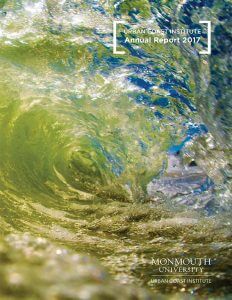 NOW AVAILABLE:
NOW AVAILABLE:
The UCI 2017 Annual Report
The UCI is pleased to present its 2017 Annual Report. Browse through to learn about an eventful year that included student-faculty research on topics ranging from coastal forests to Jersey Shore sharks; a glimpse of the future blue economy; the kickoff of planning for a Two Rivers area field station; work with communities on coastal resilience issues; a study of the health of New York Harbor; and much, much more.
View document as:
- Digital flipbook
- PDF (2 MB)
Coming Soon: The R/V Nauvoo
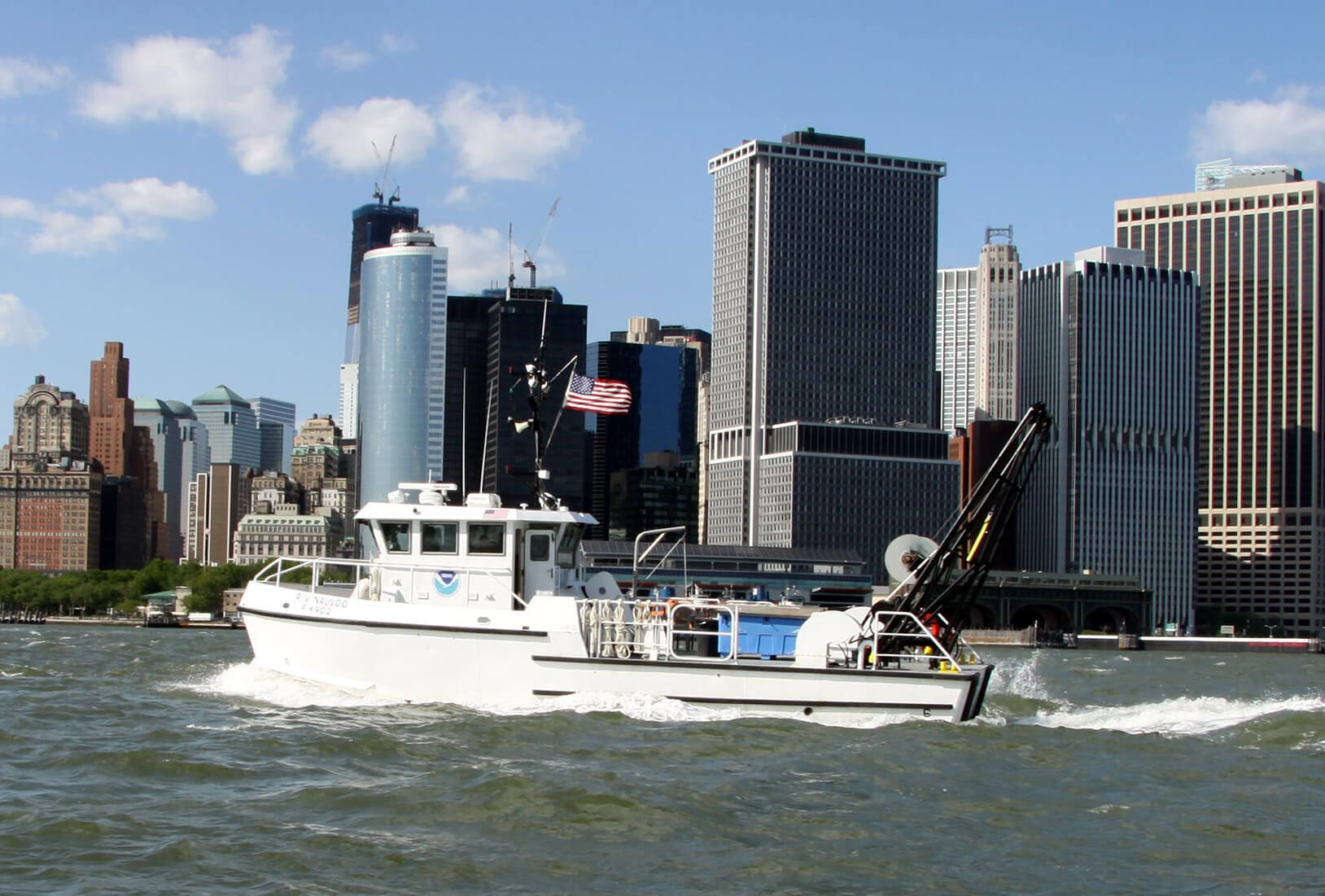
The finishing touches are now being applied to the newest and largest member of Monmouth University’s research vessel fleet – the 49-foot Nauvoo.
The acquisition of the Nauvoo will expand the UCI’s opportunities to work with faculty, students and other partners to conduct research, educational and contract work at a larger scale than ever before. The Nauvoo joins two smaller UCI-maintained vessels that have long served as the workhorses of its marine field operations and research – the 18-foot Little Hawk and 27-foot Seahawk.
The vessel will substantially enhance in-house research and monitoring capabilities to meet increasing faculty and student demand within the School of Science’s Marine and Environmental Biology and Policy Program. The Nauvoo will make it possible to take full classes and large groups on the water and work on the open ocean up to 20 nautical miles offshore. Thanks to a grant from the Fairleigh S. Dickinson, Jr. Foundation, the vessel will be equipped for safe navigation and ready to take full classes of students out to sea in the spring.
The vessel is outfitted with state-of-the-art side-scan sonar technology that provides highly detailed views of underwater terrains. The system will provide critical support for in-house scientists and students, and additional capacity to work collaboratively with government agencies, academic institutions and NGOs on areas of critical concern such as oyster restoration, shore erosion, and channel shoaling.
Originally built as a U.S. Coast Guard buoy tender, the Nauvoo was later transferred to the National Oceanic and Atmospheric Administration (NOAA), which provided it to the University in the fall at no cost. We thank NOAA for this valuable contribution to the marine science and education efforts taking place at Monmouth University.
The photos below show the Nauvoo being painted and undergoing maintenance to get her ready for use.
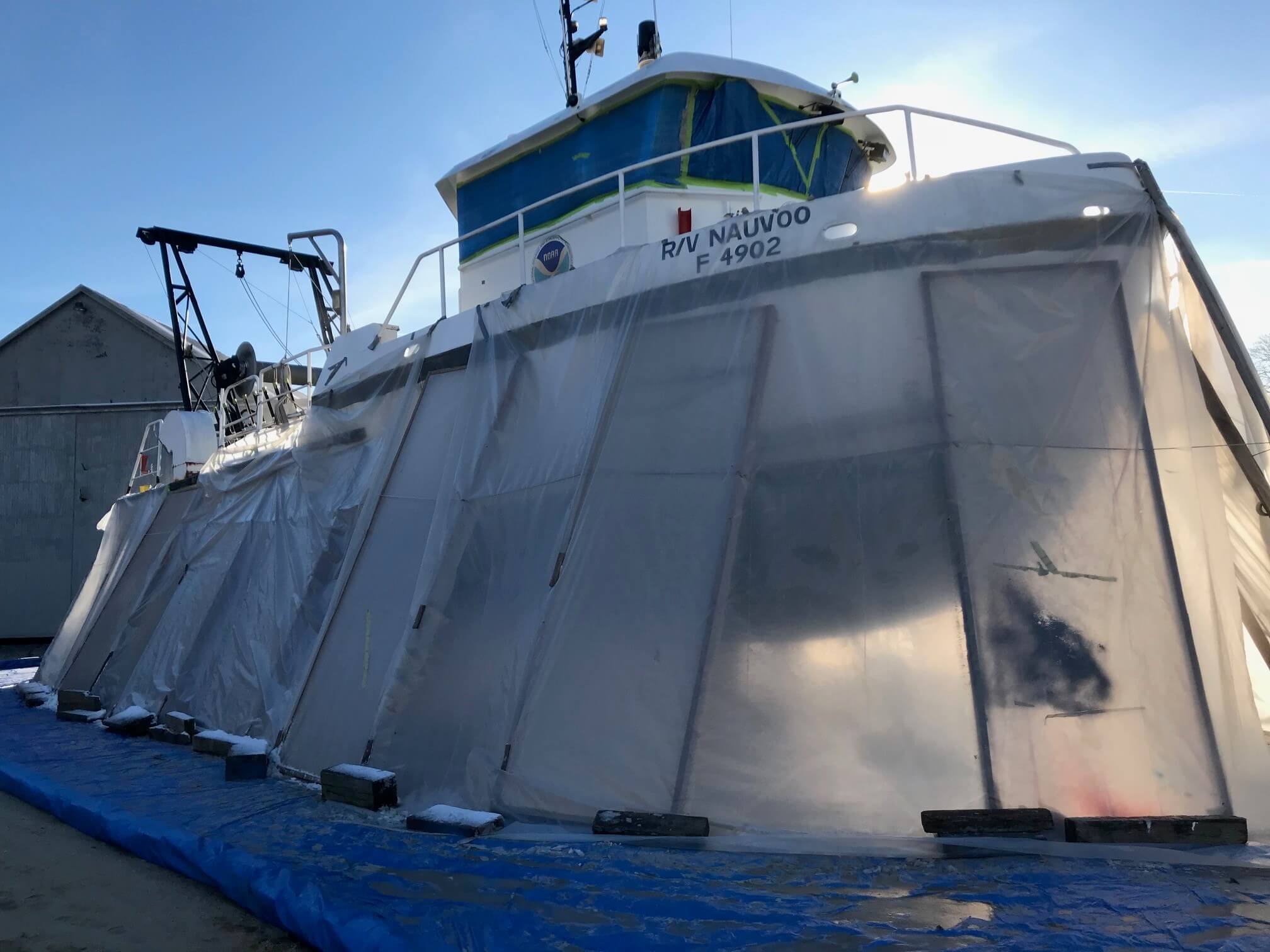
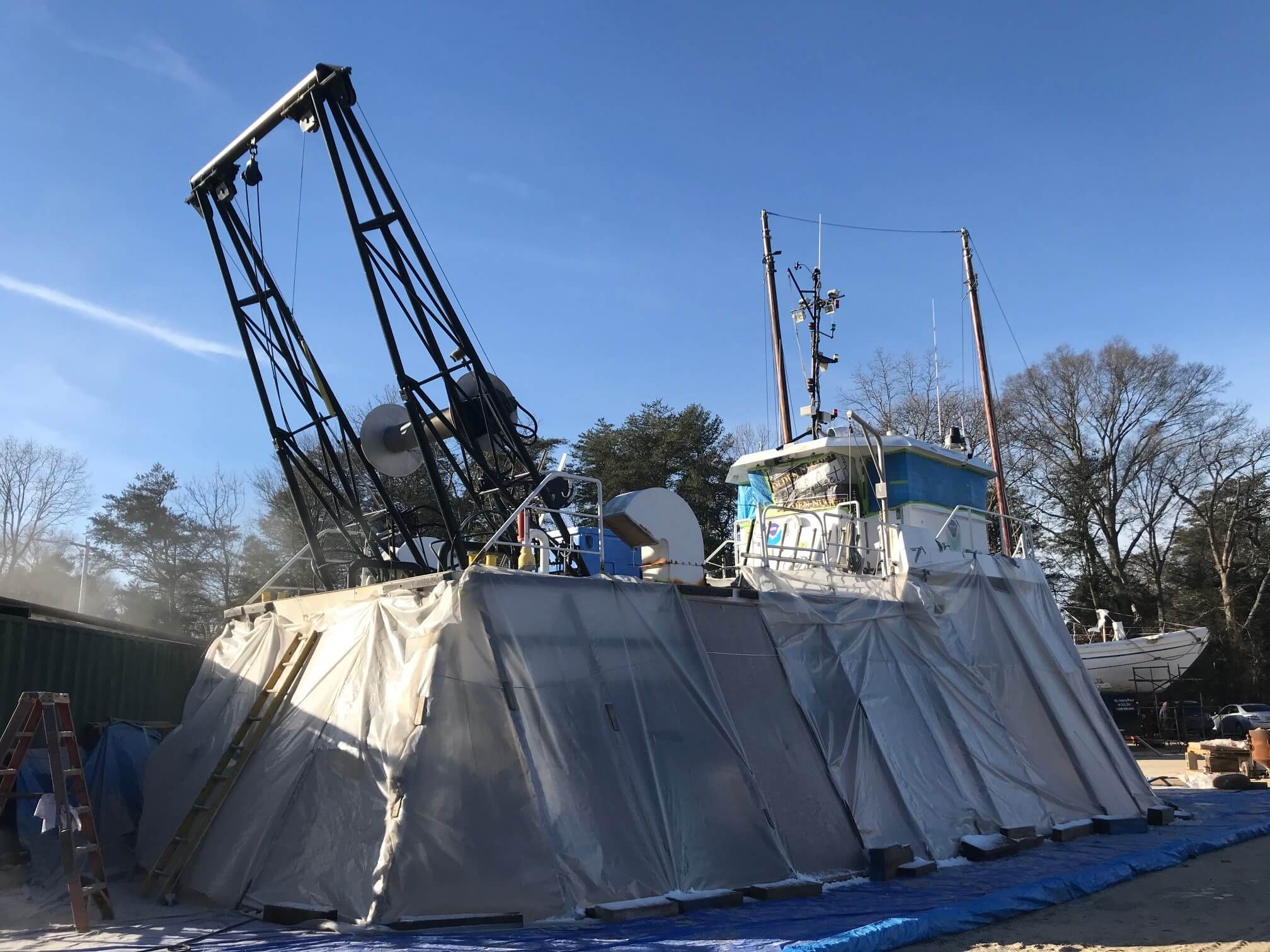
How Did Early March Storms Stack Up to Nor’Easters Past?

By Dr. Thomas Herrington, UCI Associate Director
Back-to-back nor’easters between March 1 and 8 had many residents along the Mid-Atlantic seaboard dreading the next high tide cycle. High astronomical tides combined with the powerful cyclone that developed off the coast on March 2 generated minor to moderate coastal flooding and was quickly followed by a rapid-moving coastal low pressure system on March 7 that generated gusty onshore winds, significant inland snowfall and continued tidal flooding. In total, 12 consecutive high tides exceeded minor or moderate flood levels over the seven-day period. (A pair of late-month storms brought heavy snow and travel headaches, but did not cause significant erosion or flooding.)
Nor’easters are notorious for elevating water levels and causing tidal flooding. There was the infamous “Five-High” Nor’easter of March 1962 that devastated coastal communities from New Jersey to North Carolina. The December 1992 Nor’easter generated 11 consecutive high-tides, one of which held the water level record along the New Jersey coast until Sandy obliterated it and everything else in its way. The December 1992 storm was followed closely by the March 11-12 Nor’easter of 1993, also known as the Great Blizzard of 1993. That storm only hung around for two high tides but did do considerable damage to beaches and coastal infrastructure. The list goes on and on.
So where do the back-to-back nor’easters of early March stack up to those of the past? Well for starters, they were not very significant in terms of coastal erosion and storm damage. Strong north-northwest winds along the Mid-Atlantic during the first storm spared the coast from the pummeling Boston and most of coastal New England received from high waves and large storm surges. The second nor’easter generated strong onshore winds but moved fast enough to only affect the coast for a day.
Coastal residents in the Mid-Atlantic, however, did experience significant “nuisance” tidal flooding for a week, trapping coastal residents in their homes and forcing motorists to detour around flooded areas. In Atlantic City, minor flood levels were exceeded on nine high tides for a total of 32 hours and moderate flood levels were exceeded on three high tides for a total of 3 hours.
Accounting for Sea Level Rise
To assess the March storms’ ranking among those past, let’s take a look at how they compare to the March 1962 and the December 1992 nor’easters. To do that, we first need to realize that sea level was slightly lower back then. In fact, sea level has been rising along the New Jersey coast at an average rate of 4.07 millimeters per year for over 100 years. In 1962, sea level was 9 inches lower than it is today and in 1992, sea level was 4¼ inches lower. If we reduce the observed water levels at Atlantic City during the back-to-back nor’easters by 4¼ inches, we will basically create the water levels that would have been observed for the same back-to-back storms in 1992.
Figure 1 below presents a comparison of the observed water elevations at Atlantic City in March and the 1992 adjusted water levels. Here I have used elevations in feet relative to the North American Vertical Datum of 1988 (or NAVD88, which is roughly equivalent to what people presently consider the mean waterline) for the comparison since NAVD88 is a geodetic datum unaffected by changes in mean sea level. Reducing the observed water levels by 4¼ inches eliminates all of the moderate flooding experienced during the March nor’easters and reduces the minor flooding from 32 hours to 18 hours spread over eight high tides.
The impact of sea level on the tidal flooding is even more pronounced if we adjust the observed water elevations to the 1962 mean sea level (Figure 2). Reducing sea level by 9 inches (0.75 ft), the back-to-back nor’easters would have only generated minor flooding on five of the 12 consecutive high tides for a total duration of 6.9 hours. None of the high tide cycles would have generated moderate flooding and the impact would have been limited to the March 2-4 time -period.
In terms of magnitude, the March 1962 Five-High storm reached a maximum water elevation of 5.83 feet above NAVD88, exceeding the major flood level of 5.38 feet above NAVD88 by half a foot. In comparison the back-to-back March 2018 nor’easters would have only generated a maximum water elevation of 3.92 feet above NAVD88, well within minor flood levels. Similarly, the December 1992 Nor’easter generated a maximum water elevation of 6.27 feet above NAVD88, exceeding the major flood level by just under a foot. The 2018 nor’easters would have only generated a peak water elevation of 4.32 feet, still within the minor flood limits.
Minor Storms to Become More Serious Events
In conclusion, the back-to-back March nor’easters were insignificant compared to the historic storms of the past. But why was the impact perceived as so significant within our coastal communities? The answer lies within the persistent slow rise in sea level that has occurred over the past 100 years.
The addition of 9 inches of sea level between 1962 and 2018 has transformed a storm that would have been insignificant in 1962 into a storm that generated moderate flood impacts along the Mid-Atlantic seaboard in 2018. If we assume sea level will rise another 9 inches over the next 56 years — a rate many climate scientists will tell you is significantly lower than expected — then the back-to-back March 2018 nor’easters would become a very significant coastal event (Figure 3).
In 2074, water levels will be expected to exceed minor flood levels on three high tides, moderate flood levels on 10 high tides, and reach the major flood level limit at the peak of the storm. In total, water levels would exceed moderate flood levels for 21.7 hours and minor flood levels for 57.5 hours.

Figure 1. Comparison of observed water levels at Atlantic City in March 2018 and predicted water levels for the same period adjusted for 26 years of past sea level rise. The blue line represents the observed water elevations in 2018, the red line is the water levels adjusted to 1992 mean sea level, the horizontal green line is the minor flood level threshold, and the horizontal red line is the moderate flood level threshold.

Figure 2. Comparison of observed water levels at Atlantic City in March 2018 and predicted water levels for the same period adjusted for 56 years of past sea level rise. The blue line represents the observed water elevations in 2018, the red line is the water levels adjusted to 1962 mean sea level, the horizontal green line is the minor flood level threshold, and the horizontal red line is the moderate flood level threshold.

Figure 3. Comparison of observed water levels at Atlantic City in March 2018 and predicted water levels for the same period conservatively adjusted for 56 years of future sea level rise. The blue line represents the observed water elevations in 2018, the red line is the water levels adjusted to 2074 mean sea level, the horizontal green line is the minor flood level threshold, the horizontal red line is the moderate flood level threshold, and the horizontal blue line is the major flood level threshold.
Science Building Renovation and Expansion Project Completed
Monmouth University unveiled the completion, remodeling and expansion of its science facility in a celebratory ribbon-cutting ceremony on Feb. 13 in the expanded lobby of the Edison Science Building.
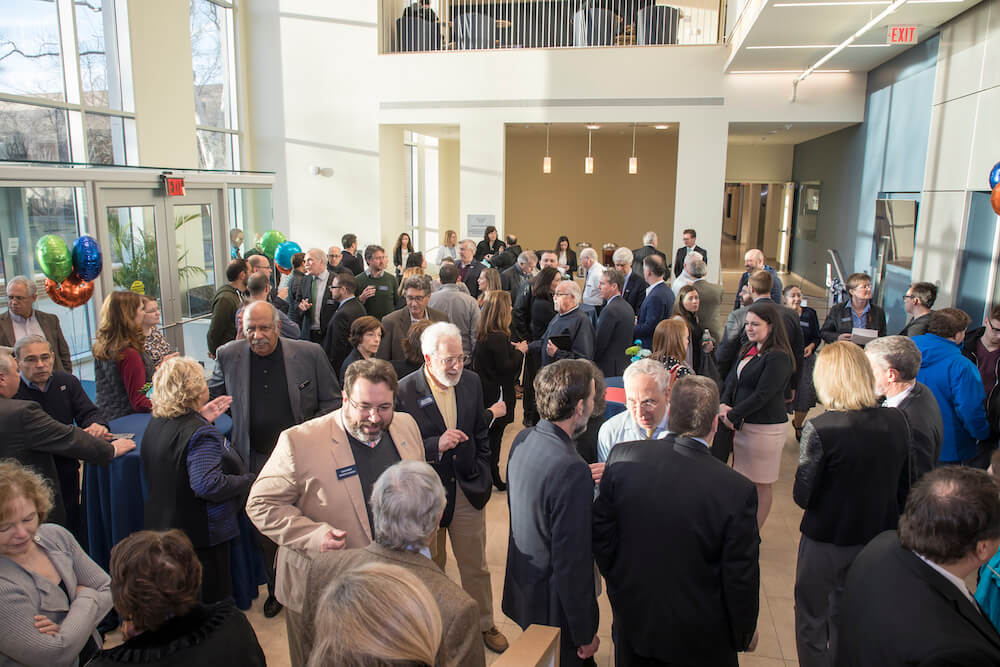
Special guests, including state leaders, elected officials, business and community leaders and members of the university’s Board of Trustees joined University President Grey Dimenna and Dean of the School of Science Steven Bachrach as they officially opened the completed renovated facility.
Among those in attendance were Sen. Vin Gopal, N.J. State Senator from the 11th District, Eric Houghtaling and Joann Downey, N.J. State Assemblypersons from the 11th District, Janet Tucci, Mayor of West Long Branch, N.J., and Rochelle Hendricks, N.J. State Superintendent of Higher Education. Board of Trustees Chair Michael Plodwick and former chair Henry Mercer assisted with the ceremonial ribbon-cutting.
Read the full University news release or browse photos of the event and the School of Science improvements.
UCI Participates in Offshore Drilling Meeting
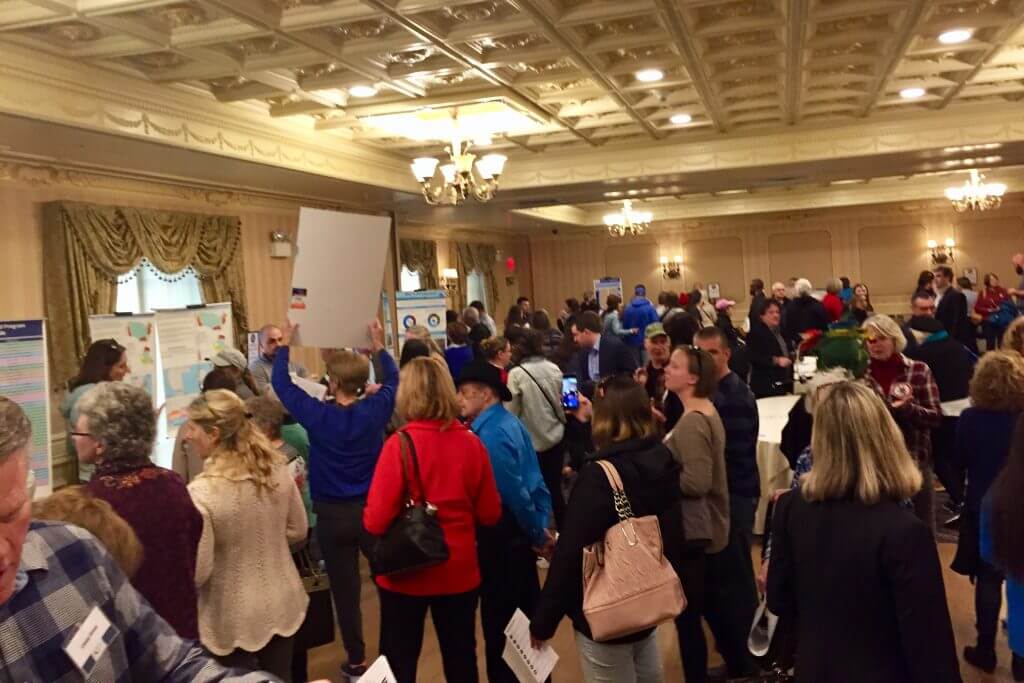
UCI staff joined several hundred members of the public at New Jersey’s public meeting on the federal Outer Continental Shelf Oil and Gas Leasing Program in Hamilton on Feb. 14. Representatives of the Bureau of Offshore Energy Management (BOEM) staged exhibits and answered questions at the event about the possibility of the government opening areas along the East Coast to offshore drilling.
Members of the public could either submit comments at computer stations set up at the event or online. According to BOEM, approximately 1.7 million submissions were received.
Per the direction of Secretary of the Interior Ryan Zinke, the government recently put 90 percent of federal waters on the table for potential oil and gas exploration and leasing. The government is currently reviewing the feedback it received during the public comment period that ended March 9, and is soon expected to release a draft map that narrows down the areas available for possible lease sales. That map will then be subject to a new 90-day period of public comment and adjusted based on the findings. The program to emerge would then be subject to final input from Congress and the president.
The Monmouth University Polling Institute and UCI recently partnered on a pair of surveys that measured Mid-Atlantic residents’ views on offshore drilling, among other issues. The polls found that just 26% of residents statewide and 22% of residents in coastal communities supported oil and gas drilling off the Atlantic coast. A majority (54%) of statewide residents said it would be a bad idea for the federal government to loosen recent restrictions on new drilling in parts of the Atlantic Ocean, while just 20% said it is a good idea.
The UCI will continue to monitor and participate in the process and share information as it becomes available. Read more about the program.
Learn About Ocean Acidification in the Mid-Atlantic
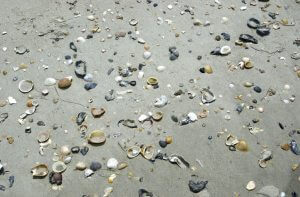 UCI Communications Director Karl Vilacoba has been working with the Mid-Atlantic Coastal Acidification Network (MACAN) to develop an online resource dedicated to ocean acidification in the region. Visit Midacan.org to view scientific information about the vulnerabilities of marine plants and animals, links to relevant research, webinars and much more.
UCI Communications Director Karl Vilacoba has been working with the Mid-Atlantic Coastal Acidification Network (MACAN) to develop an online resource dedicated to ocean acidification in the region. Visit Midacan.org to view scientific information about the vulnerabilities of marine plants and animals, links to relevant research, webinars and much more.
Monmouth U. Seeks Endowed Chair of Marine and Environmental Law and Policy

The Monmouth University School of Humanities and Social Sciences invites outstanding applicants for the Endowed Rechnitz Family/Urban Coast Institute Chair in Marine and Environmental Law and Policy. The successful applicant will be hired at the associate professor or full professor level and located in the Department of Political Science and Sociology as well as associated with the UCI.
Applications received by April 15 will receive fullest consideration. The search process will remain open until the position is filled.
Apply Now for Heidi Lynn Sculthorpe Summer Research Grants
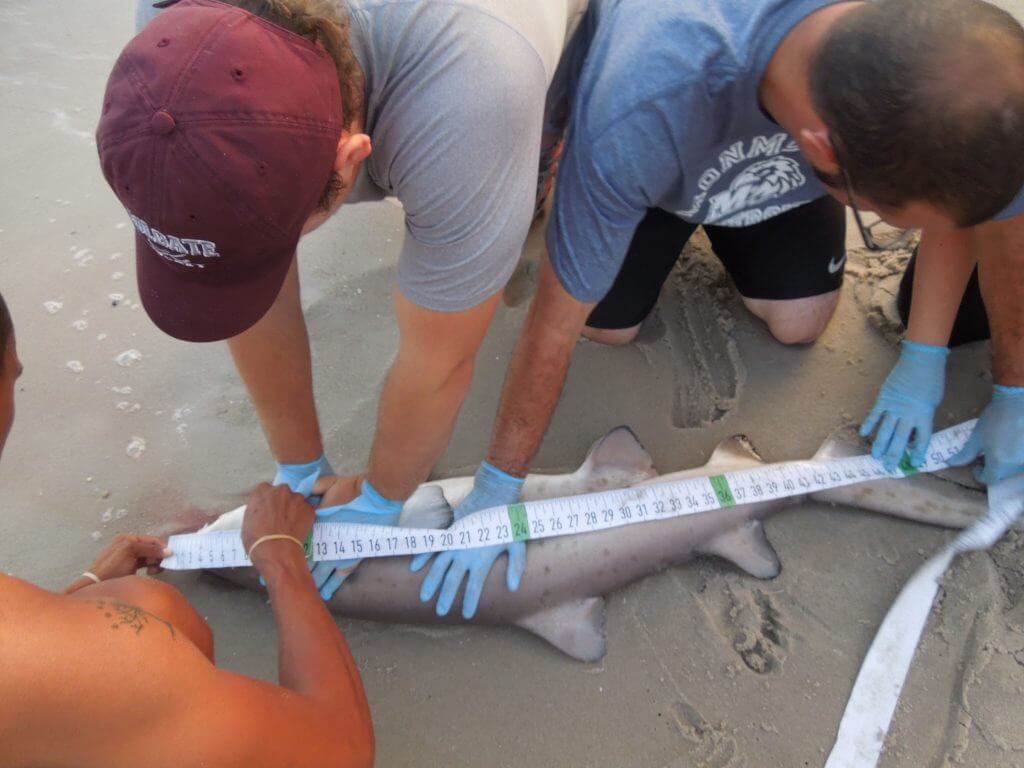
The UCI is pleased to announce student-faculty collaborative summer research funding opportunities are now available through its Heidi Lynn Sculthorpe Summer Research Grant Program. Funding is available to support activities by faculty and students from any school or department at Monmouth University, and interdisciplinary projects are encouraged. The grants are available to all Monmouth undergraduate and master’s students in good standing.
Proposals should be submitted by March 30, 2018, and will be considered on a rolling basis thereafter, if funds are available. Detailed information about the grant program and application requirements can be found in this application form or at by clicking here (must have proper Monmouth University login credentials to access).
For more information, please contact UCI Associate Director Tom Herrington at (732) 263-5588 or therring@monmouth.edu.
NJ Congressman Honored for Coastal Advocacy
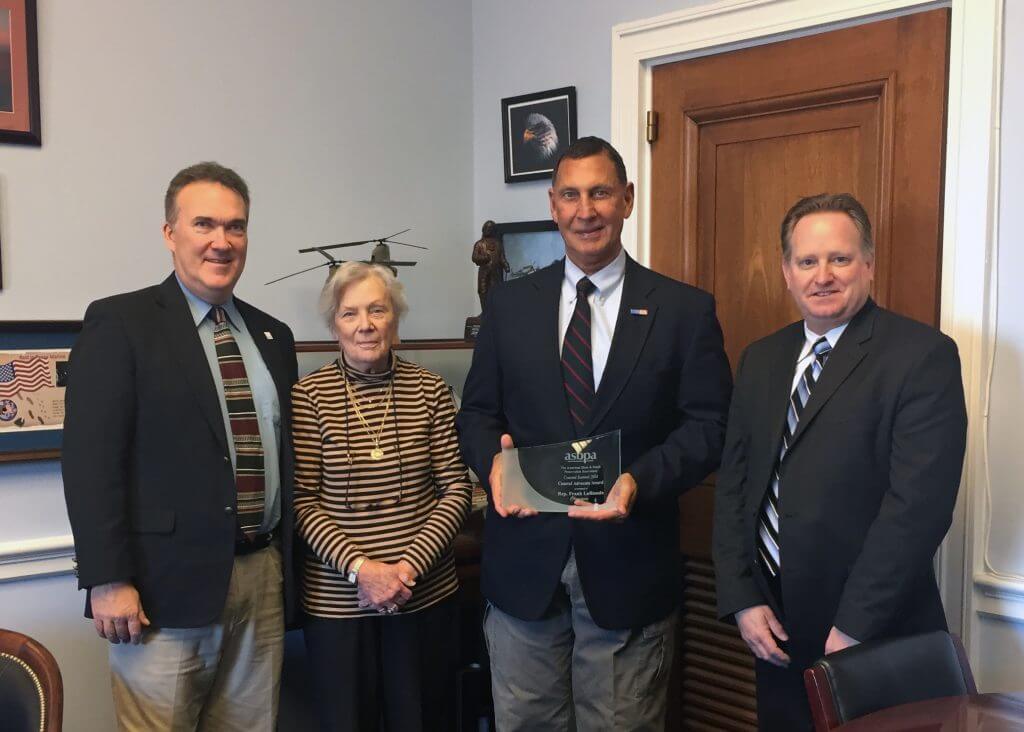
Congratulations to longtime U.S. Rep. Frank LoBiondo (R-South Jersey), who was honored with the American Shore & Beach Preservation Association’s 2018 Coastal Advocate Award, the organization’s highest congressional award. UCI Associate Director Thomas Herrington (right), an ASBPA board member, is seen here with Douglas Gaffney of Hatch Mott and Margot Walsh of the Jersey Shore Partnership presenting the award to LoBiondo during the ASBPA’s 2018 Coastal Summit in Washington, D.C., on March 22.
